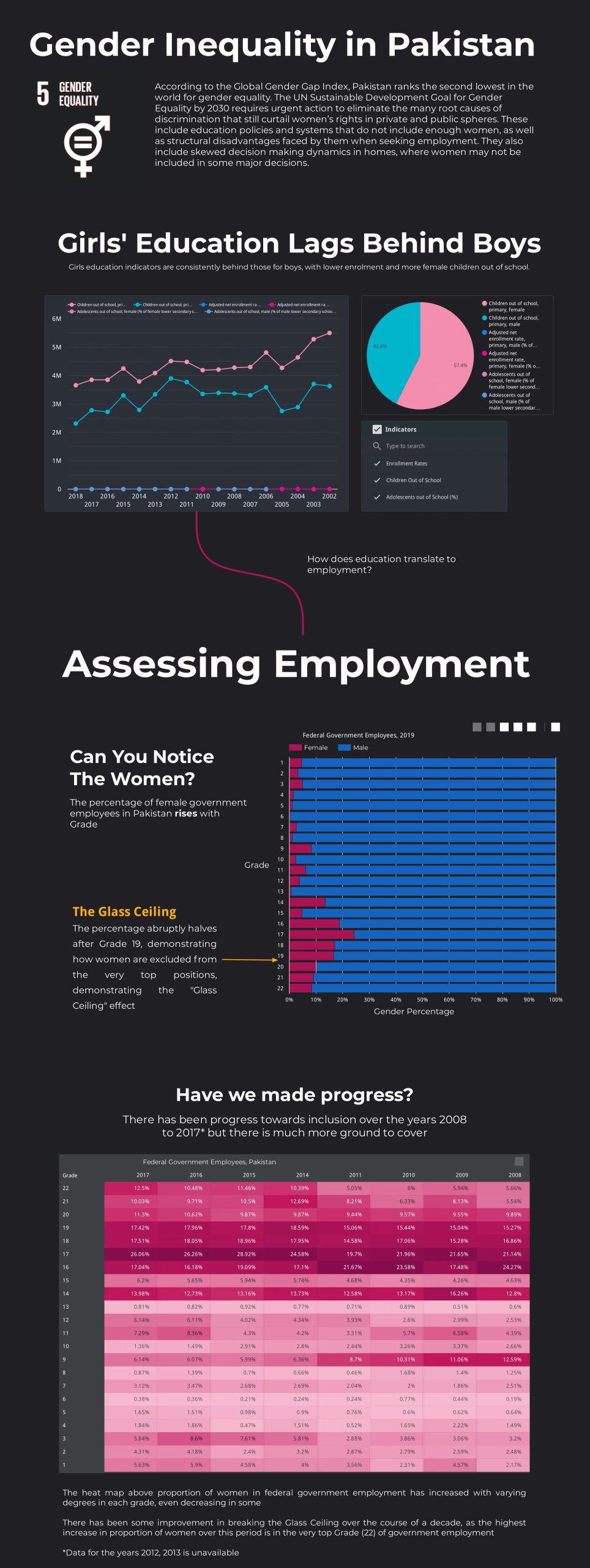A Call for Equity in Education
Writing this letter with a heart full of concern and hope, I aim to bring attention to a crisis that quietly erodes the promise of a better future—educational inequality. In a world where knowledge is power, the right to learn should be a universal privilege, not something reserved for a select few.
Every child, regardless of their background or circumstances, deserves the opportunity to receive a quality education. However, the reality we face today tells a different story. Across the country, and even within the same city, students follow vastly different educational paths. Some are raised in well-equipped schools, where they benefit from trained teachers, clean classrooms, libraries, and up-to-date technology. Others, unfortunately, find themselves in overcrowded and underfunded institutions, dealing with crumbling infrastructure and outdated learning materials.
This disparity is not just unfair—it is unacceptable. It creates a cycle of disadvantage that can last a lifetime, limiting opportunities and perpetuating inequality across generations. The gap between what children have access to and what they truly need to succeed is widening, and it’s time we address it head-on.
Education is more than just a system of learning; it is the foundation upon which dreams are built and societies are transformed. When children are given the tools to thrive, they become the architects of change, capable of breaking barriers and creating new possibilities. But when these tools are withheld, potential is stifled, and progress is hindered.
The impact of educational inequality extends far beyond individual students. It affects communities, economies, and the overall development of a nation. A well-educated population drives innovation, fosters civic engagement, and promotes social cohesion. Without equal access to quality education, these benefits remain out of reach for many.
There are several factors contributing to this issue. Socioeconomic status plays a significant role, as families with fewer resources often cannot afford the additional support that may be needed for their children’s education. Geographic location also matters, with rural and underserved areas frequently lacking the infrastructure and resources necessary for effective teaching and learning. Additionally, systemic biases and discriminatory practices can further entrench disparities, making it harder for certain groups to access the same opportunities as others.
To combat educational inequality, a multifaceted approach is required. This includes increased investment in public education, particularly in disadvantaged areas. It also involves ensuring that all students have access to qualified teachers, modern facilities, and relevant learning materials. Furthermore, policies must be implemented to address the root causes of inequality, such as poverty, discrimination, and lack of access to healthcare and other essential services.
Community involvement is equally important. Parents, educators, and local organizations can play a vital role in advocating for change and supporting students who are at a disadvantage. Partnerships between schools, businesses, and nonprofits can create new opportunities for learning and development, helping to bridge the gap.
Ultimately, the goal must be to ensure that every child has an equal chance to succeed, regardless of where they come from or what challenges they face. Education is a fundamental human right, and it is our collective responsibility to make sure that this right is upheld for all.
By working together, we can build a future where no child is left behind, and where the promise of a brighter tomorrow is accessible to everyone.







